In Day Trading Tips, liquidity often decides whether your trade fills fast and clean or you suffer slippage and wide spreads. Have you ever watched the order book thin and wondered why a small order moves the price and eats through bids and asks? This guide explains liquidity in plain terms, market depth, bid-ask spread, trading volume, price impact, and execution speed so you can make faster, smarter trades with confidence in a liquid market.
If you want hands-on practice, Goat Funded Trader offers a prop firm program that provides real capital, clear rules, and live feedback to help you read order books, manage slippage, and execute with speed in higher volume markets.
What is Liquidity in Day Trading?
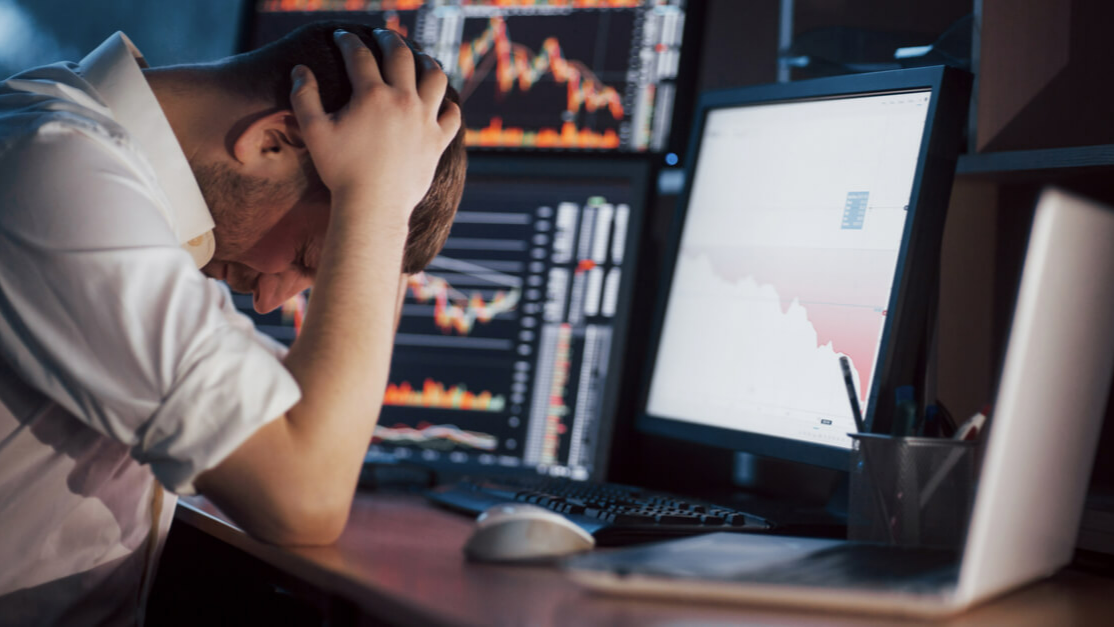
Liquidity in day trading is a key concept that refers to how easily and quickly an asset can be bought or sold without causing a significant change in its price. It determines how smoothly traders can enter and exit positions, which is crucial for strategies that rely on quick trades.
There are different types of liquidity relevant to day trading. Market liquidity describes the ability to buy or sell an asset rapidly at stable prices, reflecting the availability of buyers and sellers. Accounting liquidity relates to a company’s ability to cover its debts, which matters more for fundamental analysis than for day trading. Funding liquidity involves a trader’s or institution’s capacity to meet margin calls or funding requirements without disrupting trades.
Asset liquidity focuses on how quickly individual assets, like stocks, currencies, or commodities, can be converted into cash. Another way to view liquidity in trading is through liquidity zones or levels, which are price areas where there is a concentration of orders. These zones often form around technical levels like Fibonacci retracement points, historical price levels, trend lines, and significant technical indicators, attracting buyers and sellers and thus providing liquidity.
Calculating liquidity can involve several methods. Traders typically look at the volume of trades over a period, the bid-ask spread size, and slippage (the difference between expected and actual trade execution prices). Low slippage, high volume, and tight spreads are signs of good liquidity.
Understanding liquidity helps traders avoid markets or assets that might trap them in trades or cause excessive price slippage. Day traders, especially scalpers, depend on high liquidity to make quick in-and-out trades with minimal cost.
For traders looking to enhance their skills and capital without risking their funds, partnering with a reputable prop firm can be a game-changer. Goat Funded Trader offers such an opportunity by providing traders with firm capital to trade, along with valuable resources and risk management support. This allows day traders to focus on executing their strategies in highly liquid markets with greater confidence and less financial pressure, making it a valuable ally on the journey to successful trading.
Get 25-30% off Today - Sign up to Get Access to up to $800 today.
Goat Funded Trader gives you access to simulated accounts up to $800K with the most trader friendly conditions in the industry no minimum targets, no time limits, triple paydays, and up to 100% profit split; join over 98,000 traders who've already collected more than $9.1 million in rewards and benefit from our 2 day payment guarantee with a $500 penalty for delays. Choose customizable challenges or instant funding through our prop firm options and sign up to Get Access to up to $800 today with 25 to 30% off.
Market Liquidity vs.Trading Liquidity

Market Liquidity
Market liquidity measures how quickly and cheaply an asset changes hands without moving its price much. You see high market liquidity when volume is large, the order book is deep, with many bids and asks, and market makers and liquidity providers post tight quotes. Low float stocks, thin futures contracts, and some small-cap tokens show the opposite: sparse order flow, enormous price impact for modest orders, and sudden gaps around news. Which live market signals do you watch for volume and depth changes?
Trading Liquidity
Trading liquidity describes the conditions you face as a trader when you try to open or close a position. It shows up as the bid-ask spread you pay, execution speed, slippage from the expected price, and the chance a limit order will fill. Traders on tight timeframes need narrow spreads, quick fills, and reliable execution from their broker and exchange. Scalpers and intraday traders often monitor tick size, order book imbalance, and recent trade prints to judge real-time liquidity. How vast is the spread on your platform right now and how often do your orders slip?
Key Distinctions Between Market and Trading Liquidity
Scope
Market liquidity refers to the whole environment where many buyers and sellers interact; trading liquidity refers to the micro conditions you face for a specific order. Which scope matters more for your strategy right now?
Measurement
Market liquidity shows in volume, market depth, number of active participants, and average trade size; trading liquidity shows in bid-ask spread, fill rate, slippage, and execution latency. Which metrics do you track during a session?
Price Impact
A liquid market absorbs large orders with small moves in mid price; poor trading liquidity creates immediate slippage and can blow through stops. How large a position can you size before the market moves against you?
Why Both Matter
Understanding both market and trading liquidity is vital for traders and investors. High market liquidity attracts more participants, reduces risks, and stabilizes prices, fostering a favorable trading environment. Meanwhile, good trading liquidity directly improves a trader’s ability to enter or exit positions efficiently and cost-effectively, which is especially important for active traders and those using leverage.
Get 25-30% off Today - Sign up to Get Access to up to $800 today.
Goat Funded Trader gives you access to simulated accounts up to 800K with the most trader-friendly conditions in the industry. You face no minimum targets and no time limits, and you can earn triple paydays with up to 100 percent profit split. Join over 98,000 traders who have already collected more than 9.1 million in rewards, all backed by a two-day payment guarantee with a $500 penalty for delays. Choose a path to funding through customizable challenges or start trading immediately with instant funding options. Sign up to get access to up to 800K today and 25 to 30 percent off.
Related Reading
- Can You Make Money Day Trading
- How Old Do You Have to Be to Day Trade
- Options Trading vs Day Trading
- Day Trading Success Stories
- Day Trading Crypto vs Stocks
- Day Trading Psychology
- Day Trading as a Side Hustle
- Why is Day Trading Restricted
Why Is Liquidity Important For Day Traders?
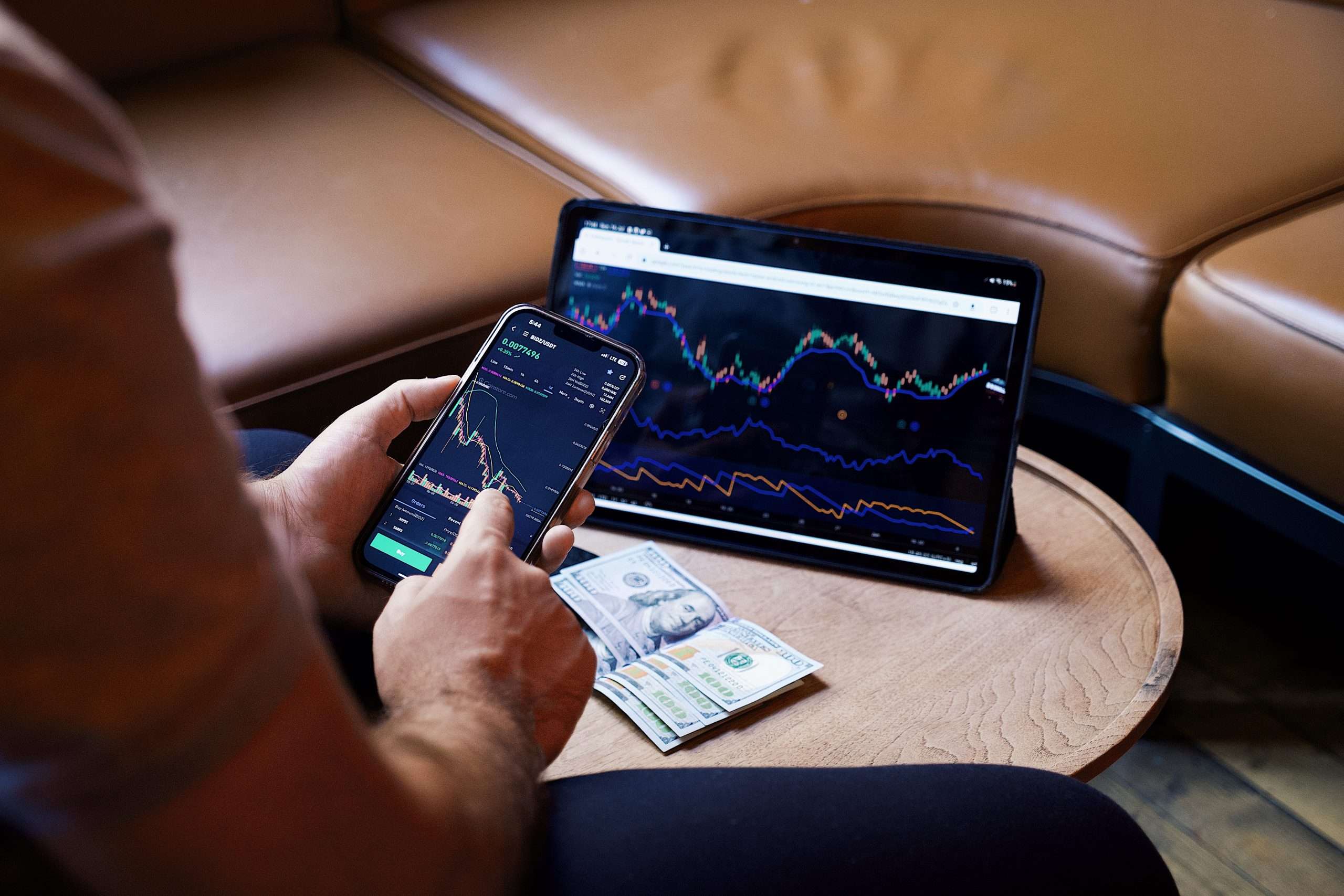
Quick Entry and Exit of Trades
Liquidity refers to how easily assets can be bought or sold without causing significant price changes. For day traders, who rely on opening and closing positions quickly within the same trading day, high liquidity means they can enter or exit positions smoothly at or near their desired prices. A liquid market generally has many buyers and sellers available at various price levels, minimizing delays in trade execution.
Reduced Trading Costs Through Narrower Spreads
In liquid markets, the spread (the difference between the highest price a buyer is willing to pay and the lowest price a seller will accept) is typically narrower. This narrow bid-ask spread reduces the cost of trading. Day traders benefit from smaller spreads because they lower the cost of entering and exiting multiple trades in short periods, thereby increasing profitability potential.
Minimizing Price Slippage and Market Impact
Price slippage happens when a trade executes at a different price than expected, which is common in illiquid markets. High liquidity reduces the risk of slippage, allowing day traders to control their entry and exit prices more precisely. Also, because there are more participants ready to take the opposite side of a trade, large orders are less likely to move the market price adversely, protecting traders from unintended losses due to market impact.
Flexibility to Adjust Strategies Quickly
Liquidity provides day traders with the flexibility to adapt to rapid market movements. It allows for seamless adjustment of trade sizes or quick position shifts in response to new information or changing market trends. Without sufficient liquidity, day traders may find themselves stuck in unfavorable positions or unable to capitalize on short-term opportunities.
Support for Various Trading Strategies
Many day trading strategies, such as scalping or momentum trading, require the ability to execute quick trades with minimal friction. High liquidity scenarios provide the ideal environment for these strategies by ensuring that orders can be filled rapidly at predictable prices. Low liquidity forces traders to adopt more cautious strategies with wider stop-loss limits to account for price volatility and slippage risks.
Market Stability and Reduced Manipulation Risk
Greater liquidity means more market participants and higher trade volumes, which contribute to market stability. It becomes harder for any single player or group to manipulate prices when liquidity is robust. Day traders benefit from this stability since prices are more reflective of actual supply and demand rather than artificial impressions created by large, isolated trades.
Understanding Liquidity Across Financial Instruments, Markets, and Time
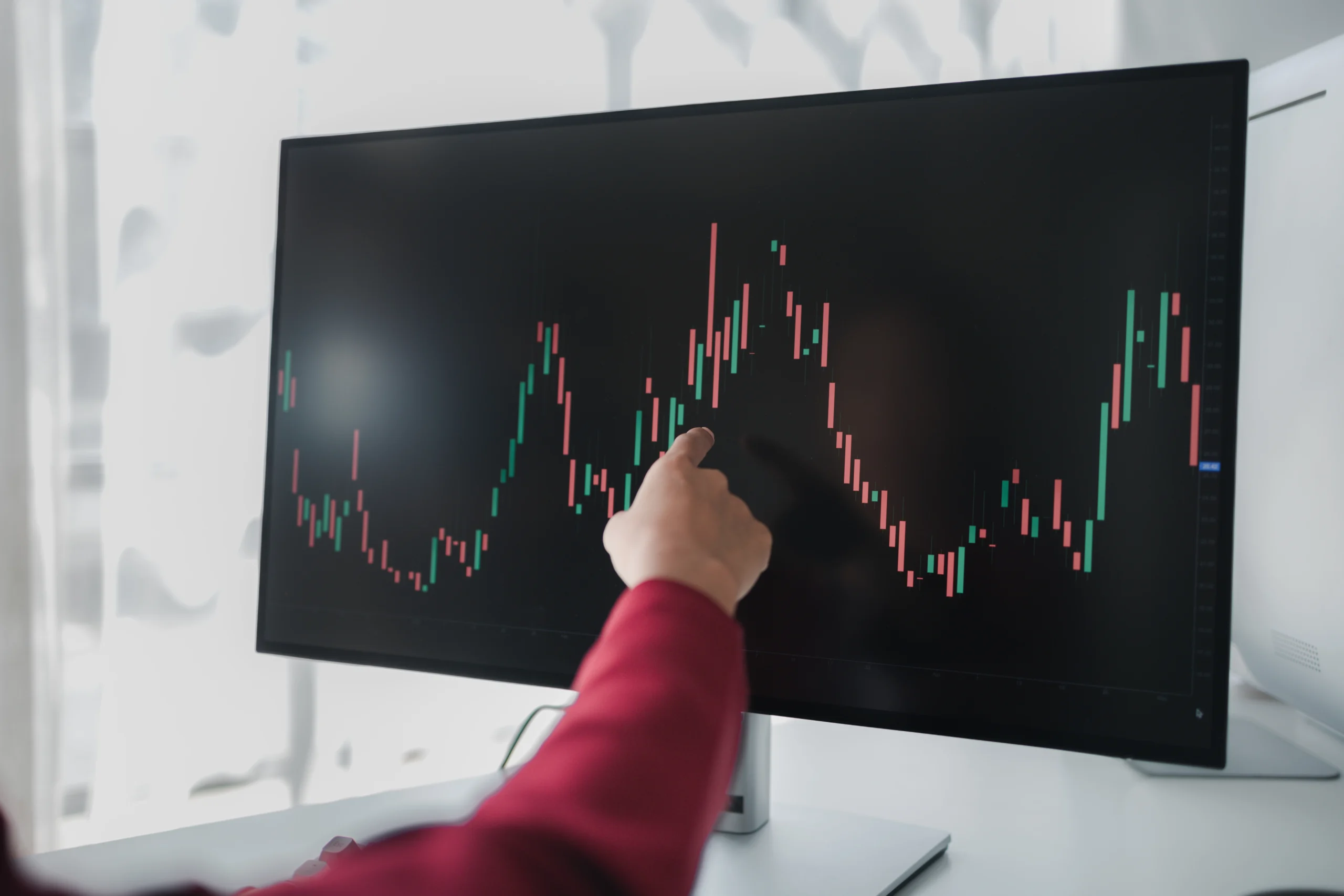
How Does Liquidity Vary Between Different Financial Instruments?
Liquidity refers to how swiftly and easily an asset can be converted into cash with minimal price impact. Different financial instruments exhibit varying levels of liquidity depending on how quickly they can be traded without significantly affecting their market value. For instance, highly traded stocks on major exchanges are generally very liquid due to the large number of active buyers and sellers, resulting in tight bid-ask spreads and high trading volumes.
In contrast, less frequently traded instruments such as corporate bonds or bespoke derivatives usually have lower liquidity because they attract fewer market participants, leading to wider spreads and potentially larger price movements when trades occur. The nature and complexity of the instrument also play roles. Simple standardized assets tend to be more liquid relative to complex or customized ones. This means that liquidity is not just about the asset class but also about market participation and trading ease.
How Does Liquidity Vary Between Different Markets?
Market liquidity reflects the overall ease with which assets can be bought or sold within a particular market. Liquidity levels can vary significantly across markets due to differences in market structure, size, and participants. For example, equity markets in developed economies like the United States generally exhibit high liquidity because of their large market caps, regulatory transparency, and the presence of many buyers and sellers.
Conversely, emerging markets or over-the-counter (OTC) markets often have less liquidity, partly due to fewer participants and less transparency. Additionally, markets for physical assets like real estate are comparatively illiquid because transactions take longer and have higher costs. Market liquidity depends mainly on the balance of supply and demand for the assets traded, as well as the number and activity of market makers, who help facilitate trades by absorbing risk.
How Does Liquidity Vary Between Different Securities?
Even within the same market, liquidity varies widely between different securities. Large-cap stocks are typically more liquid than small-cap stocks due to their greater investor interest and daily trading volumes. Similarly, government bonds usually have higher liquidity than corporate bonds because they are safer and more broadly held. Securities that are standardized with widely accepted terms tend to enjoy greater liquidity than those with bespoke or complex features, which can limit the pool of potential buyers.
Furthermore, securities traded on organized exchanges generally have better liquidity compared to those traded in less regulated or decentralized markets. Bid-ask spreads, trading volumes, and price impact indicators are used to measure these liquidity differences. Investors often demand a liquidity premium for holding less liquid securities to compensate for the higher costs and risks involved.
How Does Liquidity Change Over Time?
Liquidity is not a static attribute and can fluctuate over time due to several factors, including market conditions, economic cycles, and regulatory changes. During periods of financial stability, liquidity tends to be abundant as confidence is high and market participants are active, leading to tighter spreads and higher transaction volumes. However, during times of market stress, such as financial crises or economic downturns, liquidity can diminish sharply as buyers and sellers withdraw, widening spreads and increasing volatility.
Structural changes in markets, such as shifts in regulation impacting market makers’ capacity or technological advancements affecting trading practices, also affect liquidity dynamics. Over recent years, studies have observed that while average liquidity measures have improved, fragility remains, and liquidity can disappear abruptly under stress, raising trading costs and execution risks.
Get 25-30% off Today - Sign up to Get Access to up to $800 today.
Goat Funded Trader gives you access to simulated accounts up to 800K with the most trader-friendly conditions in the industry. You face no minimum targets and no time limits, and you can earn triple paydays with up to 100 percent profit split. Join over 98,000 traders who have already collected more than 9.1 million in rewards, all backed by a two-day payment guarantee with a $500 penalty for delays. Choose a path to funding through customizable challenges or start trading immediately with instant funding options. Sign up to get access to up to 800K today and 25 to 30 percent off.
Related Reading
- How Much Can You Make Day Trading With $1,000
- Day Trading Indices
- Can You Start Day Trading With $100
- Day Trading as a Career
- Why is Pattern Day Trading Illegal
- Are Day Trading Courses Worth It
- Best Brokerage for Day Trading
- Best Cryptos for Day Trading
- What is Day Trading Buying Power
- Best Time Frame for Day Trading
How to Identify Liquidity Across Different Trading Markets

How Can Traders Find Liquid Stocks?
Traders can find liquid stocks by focusing on several key metrics. Trading volume is crucial as it reflects how many shares are exchanged within a specific period. Higher volumes signal more active markets and better liquidity. The bid-ask spread, which is the difference between the highest price buyers are willing to pay and the lowest price sellers are asking, is another critical indicator; narrower spreads indicate higher liquidity.
Market depth, shown by the size and number of buy and sell orders at various price levels beyond the current bid and ask, helps traders gauge the ability of the market to absorb large trades without significant price fluctuations. Lastly, the exchange on which a stock is listed can matter; larger, well-known exchanges tend to have more liquid stocks due to higher participation from institutional and retail investors.
How Can Traders Find Liquid Options?
For options, traders look primarily at open interest and trading volume. Open interest represents the total number of outstanding contracts that have not been settled, offering insight into the longer-term interest of market participants. Trading volume, reflecting the number of contracts traded within a specific timeframe, indicates current market activity. Together, these metrics provide a comprehensive picture of liquidity.
Additionally, options with tighter bid-ask spreads are favored as they reduce transaction costs. Understanding expiration cycles is also vital because options closer to expiration or with near-term expirations typically have higher liquidity. Evaluating market depth (the availability of orders at different price points) and immediacy (the speed of order execution) further assists traders in confirming the liquidity of options markets.
How Can Traders Find Liquid Futures?
Liquidity in futures markets can be assessed by looking at contract size, trading volume, and open interest. Popular futures contracts with standardized sizes and active trading, such as those for major commodities or stock indices, tend to have higher liquidity.
Trading volume tells how many contracts have been traded, reflecting daily activity, while open interest reveals how many contracts remain open, indicating ongoing market interest. Trading these futures on well-known exchanges, such as the CME Group or ICE, generally provides better liquidity due to the greater number of participants and tighter spreads available.
How Can Traders Find Liquid Forex Pairs?
In Forex markets, liquidity varies significantly between major and exotic currency pairs. Major pairs (e.g., EUR/USD, USD/JPY) have higher average daily trading volumes, resulting in tighter bid-ask spreads and more stable pricing. Exotic pairs, involving less commonly traded currencies, usually present wider spreads and lower liquidity.
Traders also consider the timing of market hours, with liquidity peaking during overlapping hours of major financial centers like London and New York. The high volume and tight spreads in major pairs facilitate faster execution and lower slippage, making them the preferred choice for traders seeking liquidity.
Get 25-30% off Today - Sign up to Get Access to up to $800 today.
Goat Funded Trader gives you access to simulated accounts up to 800K with the most trader-friendly conditions in the industry. You face no minimum targets and no time limits, and you can earn triple paydays with up to 100 percent profit split. Join over 98,000 traders who have already collected more than 9.1 million in rewards, all backed by a two-day payment guarantee with a $500 penalty for delays. Choose a path to funding through customizable challenges or start trading immediately with instant funding options. Sign up to get access to up to 800K today and 25 to 30 percent off.
Benefits of Liquidity in Day Trading

Efficient Trade Execution
Liquidity ensures that assets can be quickly and easily bought or sold without causing significant price changes. For a day trader, this means trades can be executed swiftly, allowing them to enter and exit positions at desired prices without delay or slippage. Efficient execution is crucial in fast-paced trading environments where timing directly impacts profitability.
Lower Transaction Costs
Highly liquid markets typically feature narrow bid-ask spreads, the difference between the buying and selling price. Narrow spreads reduce the cost of entering and exiting trades, making frequent transactions more cost-effective for day traders. This cost efficiency supports strategies that rely on many small trades rather than a few large ones.
Access to a Wide Range of Trading Opportunities
Liquidity broadens the scope of available trading instruments and strategies. Traders can choose from stocks, ETFs, forex pairs, and futures with sufficient volume to support various approaches like scalping, momentum trading, and swing trading. High liquidity across instruments ensures traders can quickly adapt their techniques and switch between assets as market conditions change.
Price Stability and Reduced Volatility Risk
Liquid markets tend to have more stable prices and less erratic fluctuations because there are more buyers and sellers balancing supply and demand. This reduces the risk of sudden price spikes or drops that can lead to significant, unexpected losses. For day traders, stable prices mean more predictable trade outcomes and better risk management.
Flexibility and Quick Position Adjustments
Liquidity grants traders the flexibility to adjust their holdings at any point in the trading day. High liquidity reduces the chance that trades will disproportionately move prices, allowing traders to scale in or out of positions smoothly. This agility is essential for day traders who need to react swiftly to market news and trends.
Improved Market Transparency and Confidence
Highly liquid markets usually reflect real-time supply and demand more accurately, giving traders better insight into market sentiment and price levels. This transparency helps day traders make more informed decisions and increases confidence in trade execution and pricing.
Optimal Timing for Trading Activity
Liquidity often peaks during overlapping trading hours of major financial centers, such as the London and New York sessions in forex markets. Knowing these "golden hours" enables day traders to optimize trade execution, minimizing slippage and maximizing potential returns during periods of heightened market activity.
Related Reading
- Best Rsi Settings for Day Trading
- Best Moving Average for Day Trading
- Day Trading Checklist
- Day Trading Technical Analysis
- Best Markets for Day Trading
- Day Trading Indicators
- Stocks for Day Trading
- Day Trading Books
- Best Tools for Day Trading
- Day Trading Rules
- Day Trader Salary
- Best Day Trading Stocks
- How to Day Trade for a Living
- Day Trading Patterns
- Best Stocks to Day Trade
- Is Day Trading Legal
Risks of Liquidity in Day Trading
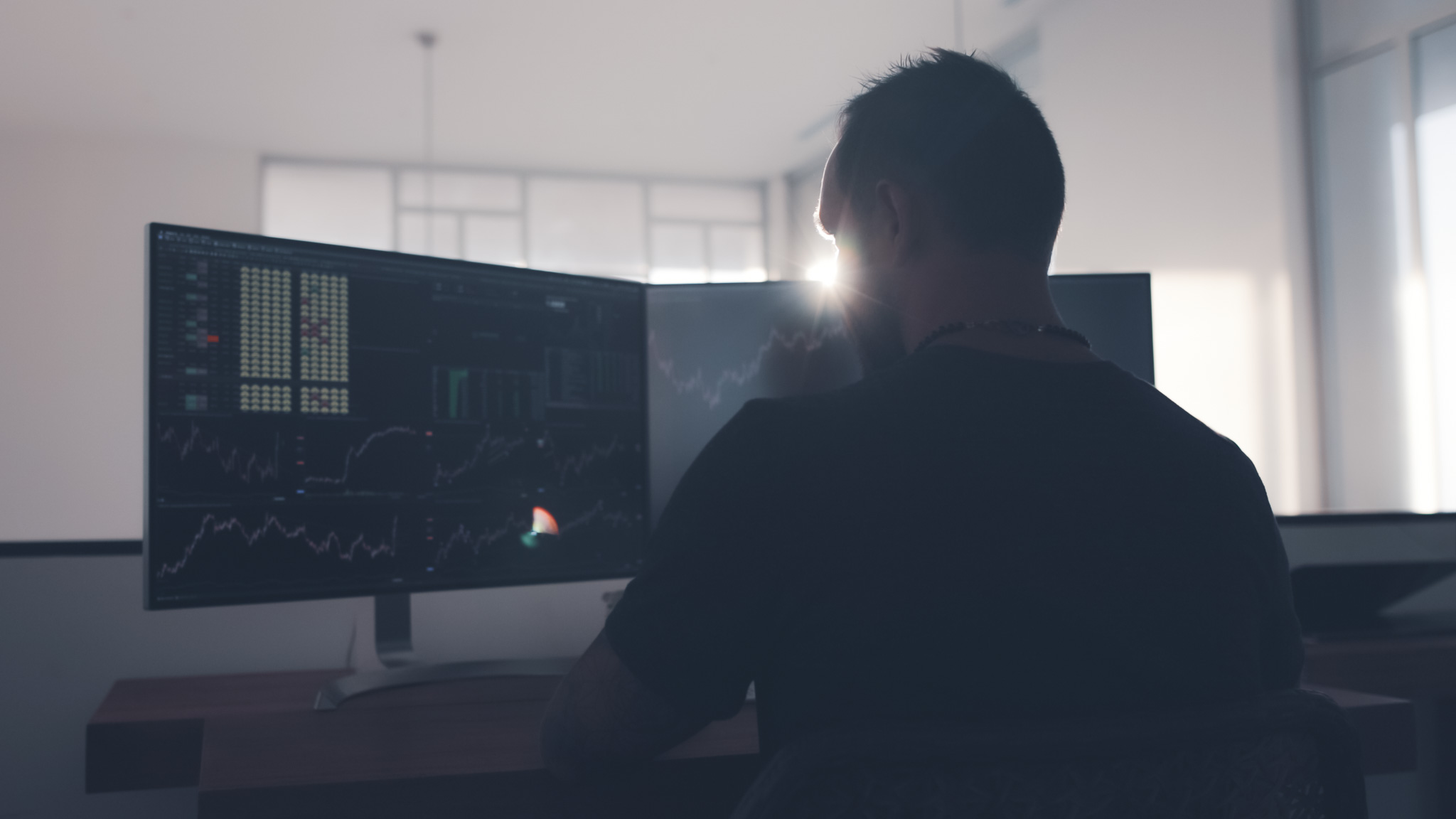
Increased Risk of Slippage and Unfavorable Prices
In day trading, liquidity refers to the ability to quickly buy or sell assets without causing significant price changes. However, when liquidity is low or fluctuates, traders risk slippage, where orders execute at prices worse than expected. This can severely reduce profit margins, especially for short-term trades aimed at small gains. Despite generally lower slippage in highly liquid markets, sudden drops in liquidity during certain times or events can lead to unexpected price movements, causing losses for day traders.
Volatility Amplified by Liquidity Fluctuations
Although liquidity typically smooths price movements, rapid changes in liquidity can trigger sharp volatility spikes. This is risky for day traders who rely on quick execution and stable prices. Market liquidity can evaporate in moments due to economic news or other events, leaving traders exposed to unpredictable price swings. Such sudden liquidity withdrawal can trap traders in positions, resulting in financial losses or forced selling at unfavorable prices.
Emotional and Psychological Pressure from Rapid Losses
Liquidity enables rapid trades, but that also means losses can accumulate quickly. The velocity of day trading magnifies errors, and liquidity fluctuations exacerbate this by making exits more difficult or costly. Traders face high emotional stress when liquidity inconsistencies cause price slippage or widen spreads unexpectedly. Psychological experiments indicate that losing streaks amplify error rates and slow reaction times, leading to further losses in a vicious cycle.
Higher Costs from Trading Frictions
Even in liquid markets, liquidity has its downsides in the form of trading costs such as spreads and fees. Frequent traders can lose a noticeable portion of their capital just from these costs. For example, spreads and routing fees may consume around 3% of a trader's equity monthly due to executing numerous trades. This friction means that unless traders maintain strict discipline in position sizing and timing, the liquidity advantage can turn into a financial drain.
Liquidity Risk in Less Liquid Markets
Day traders sometimes venture into less liquid securities for potential gains, but these markets carry significant risks. Low liquidity leads to wide bid-ask spreads and difficulty in executing large trades without moving the price. It can become challenging to exit positions quickly, especially during market downturns or low-volume periods. This forces traders to accept unfavorable prices or hold onto losing trades longer than planned.
Amplified Losses When Using Leverage
Liquidity can interact dangerously with leverage, a common feature in day trading. Leverage magnifies both gains and losses, and when liquidity suddenly dries up or prices move against a trader, the losses can multiply rapidly. Margin calls and forced liquidations are common outcomes that can wipe out trading accounts quickly. Traders must have impeccable risk and size management to navigate the combined challenges of liquidity and leverage safely.
Market Impact Costs and Price Disruption
Despite liquidity’s goal to facilitate smooth trading, large orders by day traders can disrupt prices, especially in less liquid environments. Big trades might push prices away from desired entry or exit points, increasing the cost of trading. This market impact erodes potential profits and can create a negative feedback loop where traders repeatedly adjust positions to mitigate losses caused by their trades.
Get 25-30% off Today - Sign up to Get Access to up to $800 today.

Goat Funded Trader gives you access to simulated accounts up to 800K with the most trader-friendly conditions in the industry. You face no minimum targets and no time limits, and you can earn triple paydays with up to 100 percent profit split. Join over 98,000 traders who have already collected more than 9.1 million in rewards, all backed by a two-day payment guarantee with a $500 penalty for delays. Choose a path to funding through customizable challenges or start trading immediately with instant funding options. Sign up to get access to up to 800K today and 25 to 30 percent off.
.svg)
.avif)
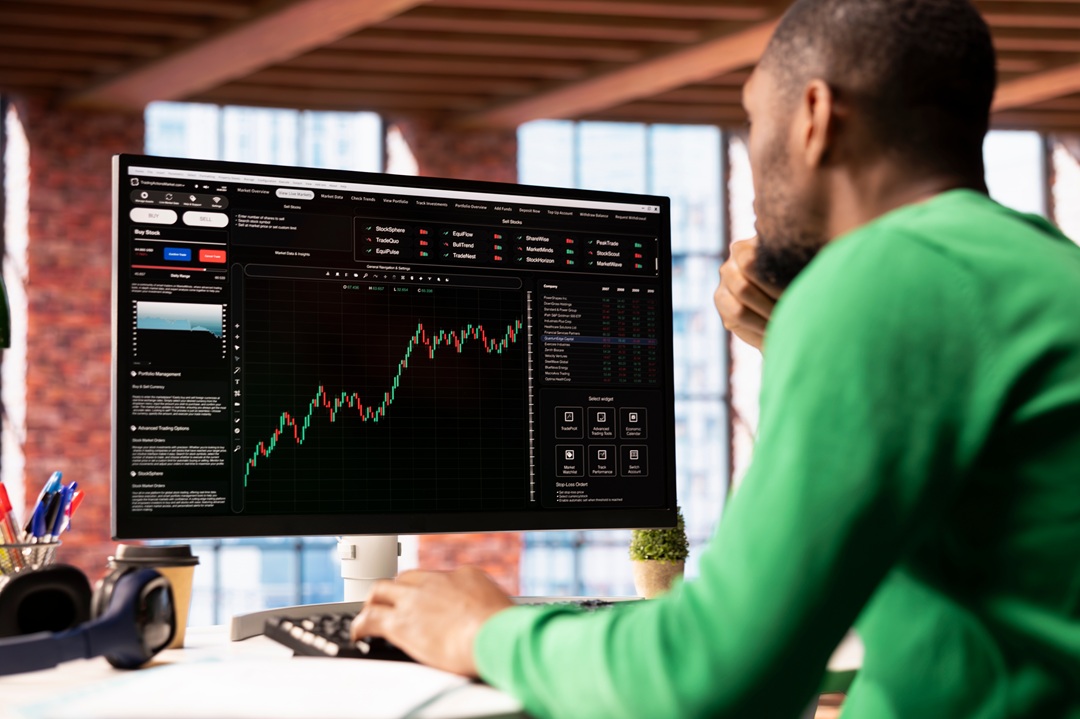


.avif)





.svg)

.svg)